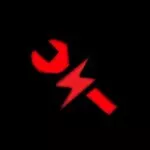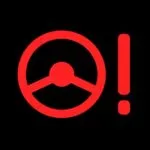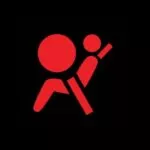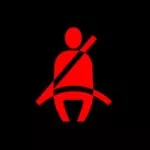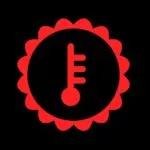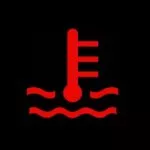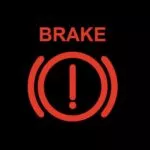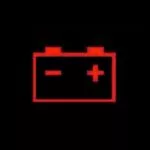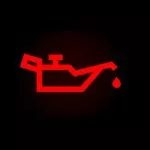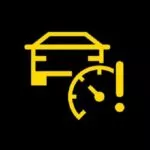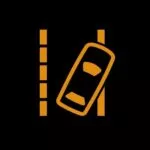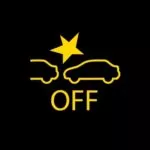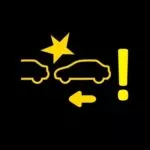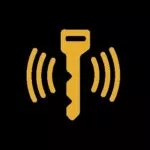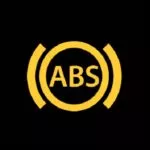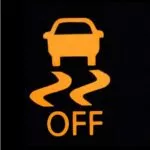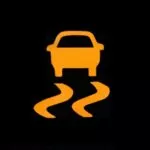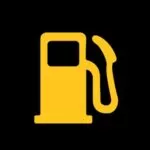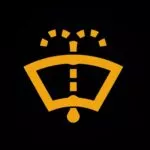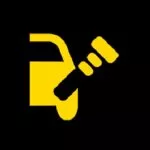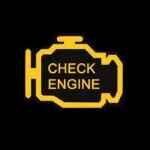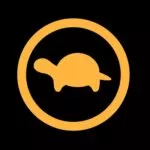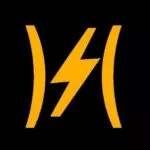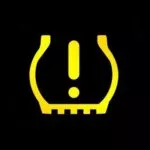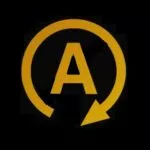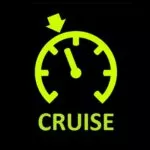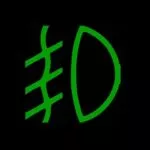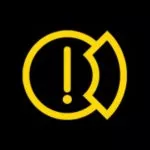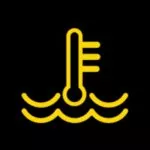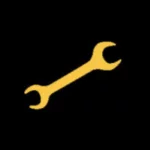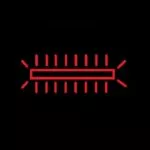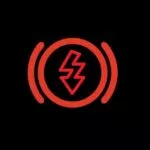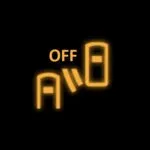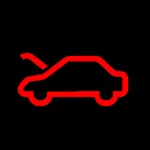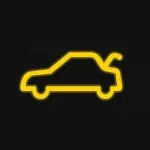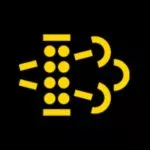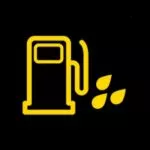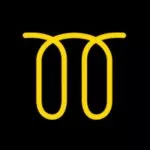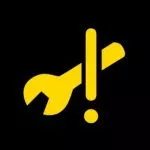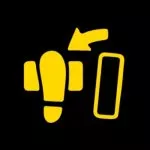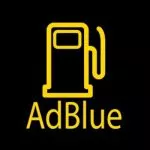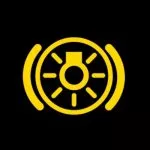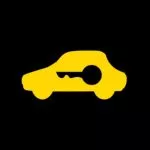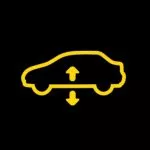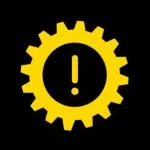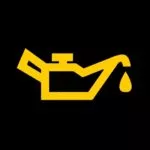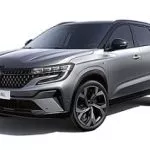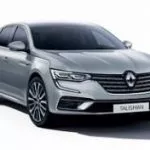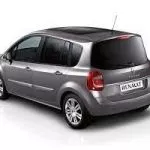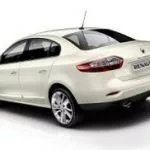Renault Trafic Warning Lights
The Most Common Renault Trafic Symbols
These are the most common dashboard symbols that you will see in your Renault Trafic. Click on one to see more information or scroll further down to see the link to the owner's manual where you can find even more symbols.
Can't see the warning light you are looking for? Check the official manual:
View Owner's Manual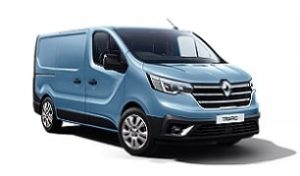
- Manufacturer: Renault
- Data Source: Owner's Manual
About the Trafic
Built as a light commercial van, the Trafic was created by the French automaker Renault in 1980. Sold as the Fiat Talento, Nissan NV300 and Mitsubishi Express by other companies, all these vans were extremely similar all built in various configurations.
The first generation lasted two decades with numerous updates and facelifts, the front end and bonnet shape dictated by the size of the engine. 1984 saw the addition of the four-wheel drive version along with a new diesel engine and a 5-speed manual gearbox. Five years later, Renault gave the Trafic a more rounded front end and bumper.
Winnebago Industries used the early 1990s Trafic as the vehicle for their campervans. In terms of shape, this campervan was undeniably a Renault Trafic, but new paint styles externally and expensive interior furnishings created a spacious, luxurious hotel on wheels. In 2001, Renault teamed up with Opel and Nissan to create the second generation. In comparison to other car companies ‘generational changes’ this one was fairly minor, but what was different was the location of the manufacturing. General Motors Manufacturing Luton saw the first Renault built in the UK in over 30 years (in an agreement with Nissan, some were also assembled in Barcelona).
There were a wide number of variations on the Renault Trafic from a 3-seat basic large cargo van to a 9-seat passenger vehicle. 2006 saw another upgrade where it retained the boxy back end but really curved the front, a styling that was further improved upon by the 3rd generation.
Sold also by Opel in Europe, the Renault Trafic continued to manufacture in Luton. After several years, Opel (Vauxhall) pulled out of the joint venture and stopped producing the commercial vehicle, leaving Renault with the market share. The Opel Vivaro was one of the first casualties of the PSA Group take over.
